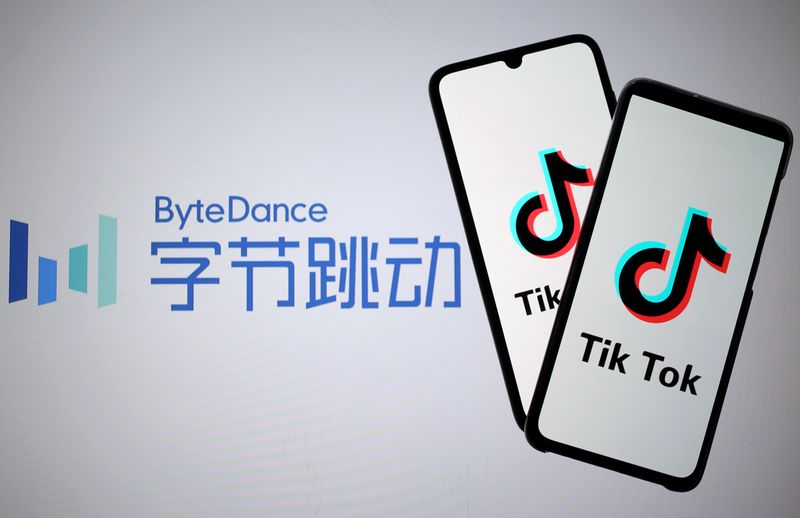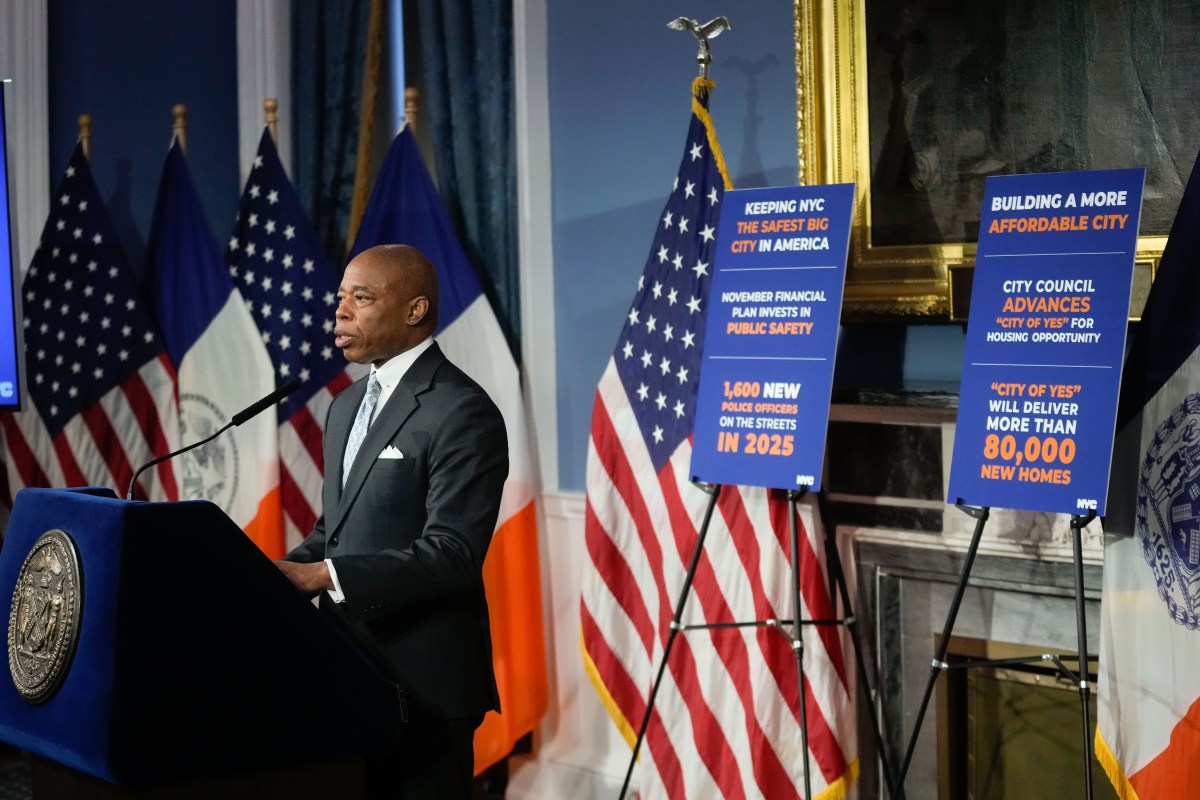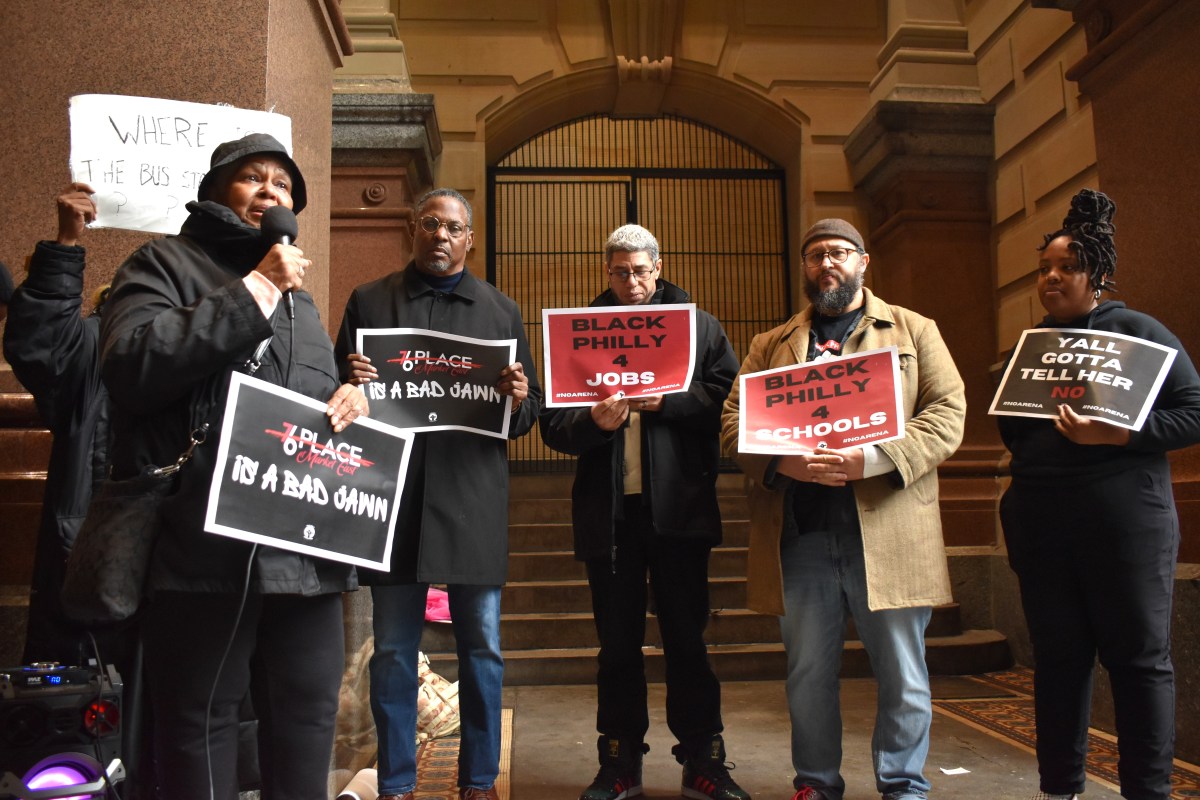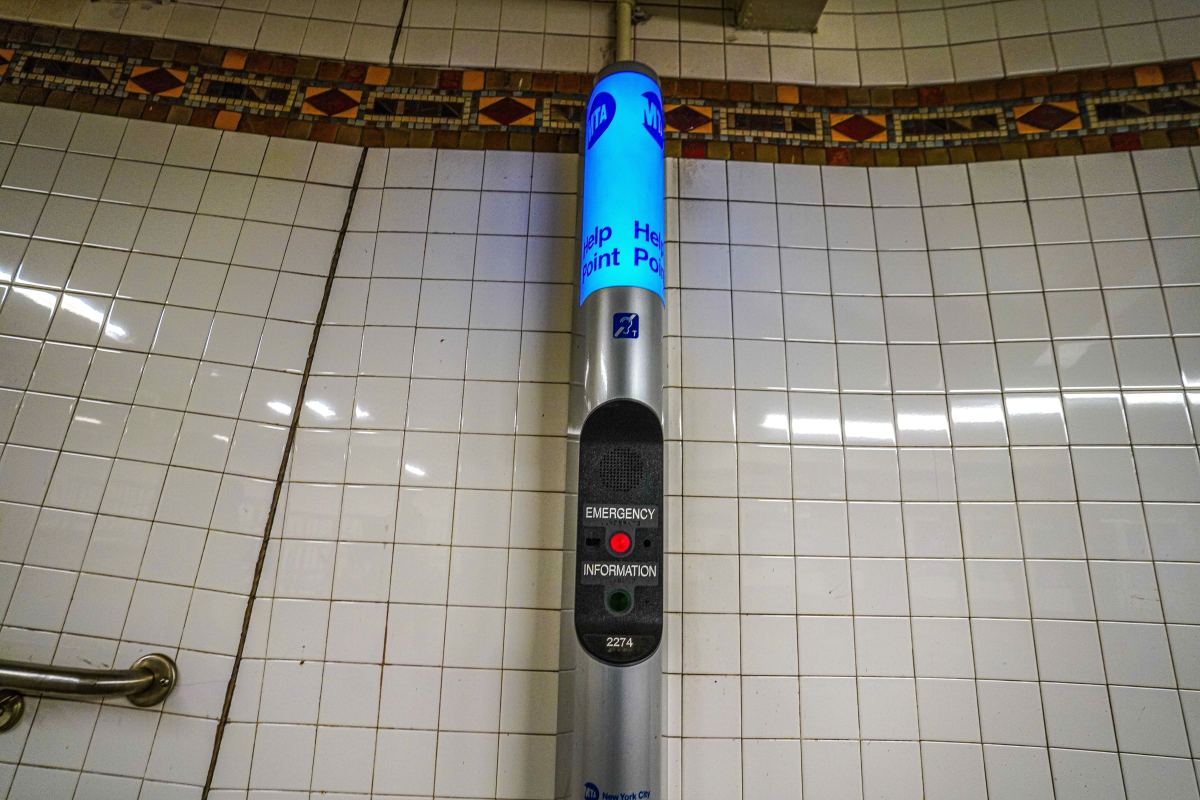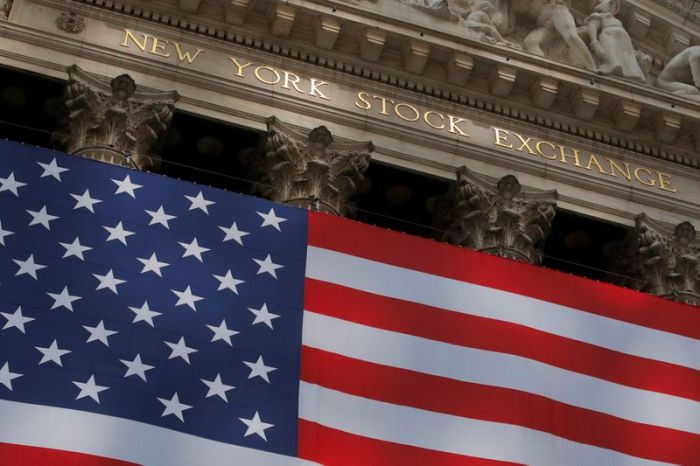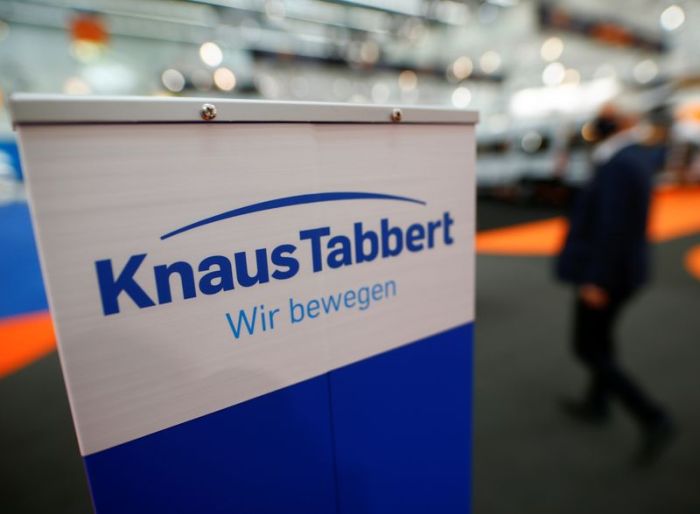(Reuters) – Even as dealmakers bicker over who will actually own TikTok Global, another question emerged after President Donald Trump agreed over the weekend to keep the wildly popular video-sharing app running in the United States for another week: how can they possibly create 25,000 new jobs in the United States?
That vow, repeated by the president on Saturday at a campaign rally in North Carolina, was part of a concession that dealmakers offered to convince Trump to green-light a transaction in which a new board comprised of U.S. citizens would oversee a new U.S.-based company and co-owned by Oracle Corp <ORCL.N> and Walmart Inc <WMT.N>.
But the lofty hiring target will be tough to justify, experts said. Such a high number suggests an expectation for massive revenue growth at a time when TikTok faces unprecedented global challenges.
If TikTok operated at anywhere near the efficiency of other internet companies such as Twitter <TWTR.N>, TikTok would need to generate up to 19 times more revenue over the next few years.
TikTok is expected to generate about a billion dollars in revenue by the end of 2020, Reuters previously reported.
Many of the new American jobs will likely be in engineering, content moderation and security roles, given the U.S. government’s intense focus on the app’s data privacy policies, said Dan Ives, a technology analyst at Wedbush Securities.
“From a security and infrastructure perspective, they’re going to have to hire a few thousand alone to focus on that issue…given the sensitivity,” he said.
TikTok recently announced a $1 billion creator fund that will pay popular TikTok influencers for making videos. Counting those content creators would help TikTok reach 25,000 jobs, said Brian Wieser, global president of business intelligence at ad agency GroupM.
Beyond that, it gets harder to justify a bigger staff. Because ByteDance will still own the algorithm that runs TikTok and license it to the new U.S.-based company, the new company will not need to hire large teams that work on artificial intelligence.
Those types of jobs account for a large chunk of Facebook Inc <FB.O> and Twitter’s headcount, said Abishur Prakash, a geopolitical futurist at the Center for Innovating the Future, a technology and geopolitics consulting firm, raising questions about what job roles TikTok could hire for.
Oracle and Walmart could also create divisions within their companies to serve TikTok that could contribute to the job count, he added.
A source familiar with the deal discussions said the 25,000-job figure was based on similarly sized organizations that serve as many users as TikTok, without offering details. The source added that the job figure was actually conservative in an effort to under-promise and over-deliver.
Another tech company, Taiwanese electronics manufacturer Foxconn, promised in 2017 to bring 13,000 new jobs to Wisconsin. The deal to create a new factory in the United States was praised by Trump as the “eighth wonder of the world” and as proof of his ability to bring jobs back to America.
A filing with the Wisconsin state economic development division showed Foxconn employed about 600 people in 2019 in the region, according to a CNBC report.
PEER REVIEW
The ambition of TikTok’s hiring goals can better be understood by comparing it against the revenue that workers make for other internet companies.
On average, Twitter’s 4,800 workers each generated close to $720,000 or total annual revenue of $3.5 billion in 2019. Snap Inc’s <SNAP.N> 3,195 workers each generated about $537,000, for a 2019 annual sum of $1.7 billion.
ByteDance currently employs more than 1,000 workers in the United States, mostly in California with some in other locations such as Texas, Reuters previously reported.
At similar efficiency levels, TikTok’s new total of 26,000 U.S. workers would be expected to make between $14 billion to $19 billion annually.
Even at the low end, such revenue targets will be difficult for TikTok, Prakash said.
“We’re in a different phase of TikTok…that comes with a lot of baggage,” he said, adding TikTok is still banned in India, which was previously its largest market. “It’s going to take them that much longer and be that much harder to reach 14x (revenue).”
(Reporting by Sheila Dang in Dallas; additional reporting by Stephen Nellis in San Francisco; Editing by Kenneth Li, Peter Henderson and Lisa Shumaker)

